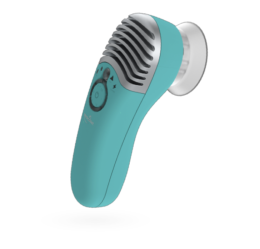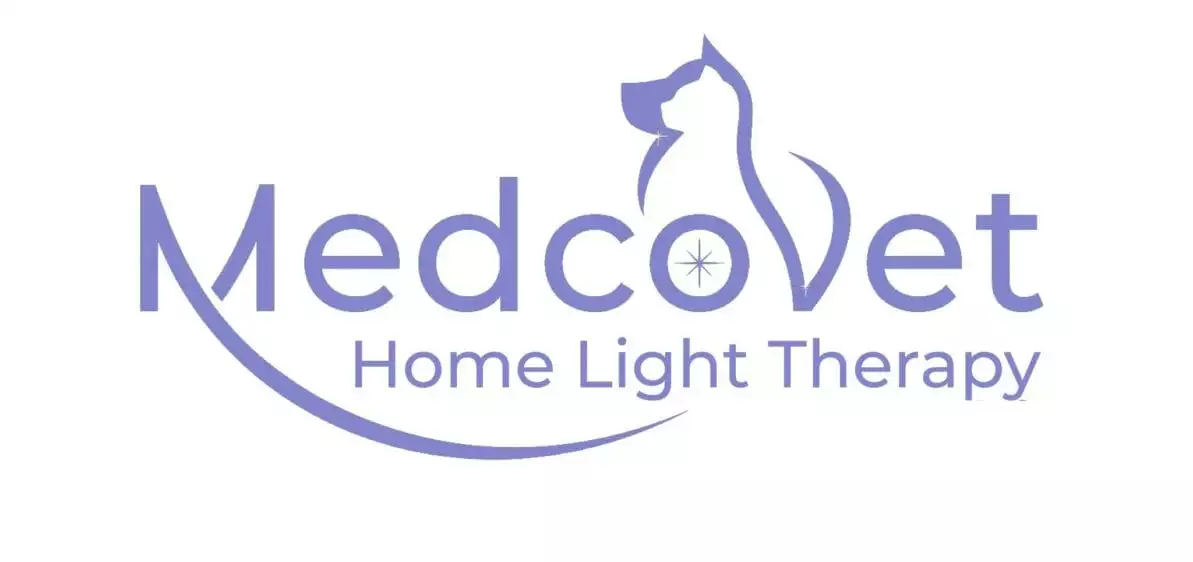Are NSAIDs the Only Answer to Arthritic Pet Suffering?
More and more veterinarians (and pet parents) are reluctant to entirely rely on long term NSAIDs as a treatment for osteoarthritis. Not all pets tolerate these drugs, NSAIDs can not be used in combination with some other drugs, it can change the pet’s behavior, and long term use can lead to renal toxicity.
Low Light Laser Therapy, or more accurately called Photobiomodulation (PBM), has long held the promise of relieving arthritic pet pain without any side effects or risk. Indeed, it is the most common LLLT treatment modality, and numerous studies have shown it to be effective.
If PBM is safe and effective while NSAIDs pose more risk, then why do most vets prescribe NSAIDs at a higher rate then PBM?
In our work with vets, we find three primary reasons NSAIDs are prescribed more often than PBM:
- Drugs are more commonly used in treatment than PBM.
- Drugs don’t require the vet to purchase an expensive clinical laser.
- Pet Parents don’t have the time to bring the pet into the clinic every week.
Although PBM has been around for a long time (see: 3000 Years of LLLT/Photobiomodulation History), it has remained a novel treatment when compared to drugs. This is largely because, until recently, drugs have been much easier to deal with. Until the development of high power LEDs that were capable of producing PBM type light, an LLLT device was large, expensive, dangerous, and difficult to use. This left PBM treatment as an option of last resource.
The development of home PBM devices that are low cost and easy to use is changing all of this. Now PBM is on par with drugs, and even better considering the side effects of drugs. As a result, PBMs share of the market is increasing and is expecting to continue to grow.

Luma
At MedcoVet, we aim to make light therapy available and affordable to anyone that needs it. So, we would like anyone interested, curious, practiced or skeptical to join our community and the discussion.

